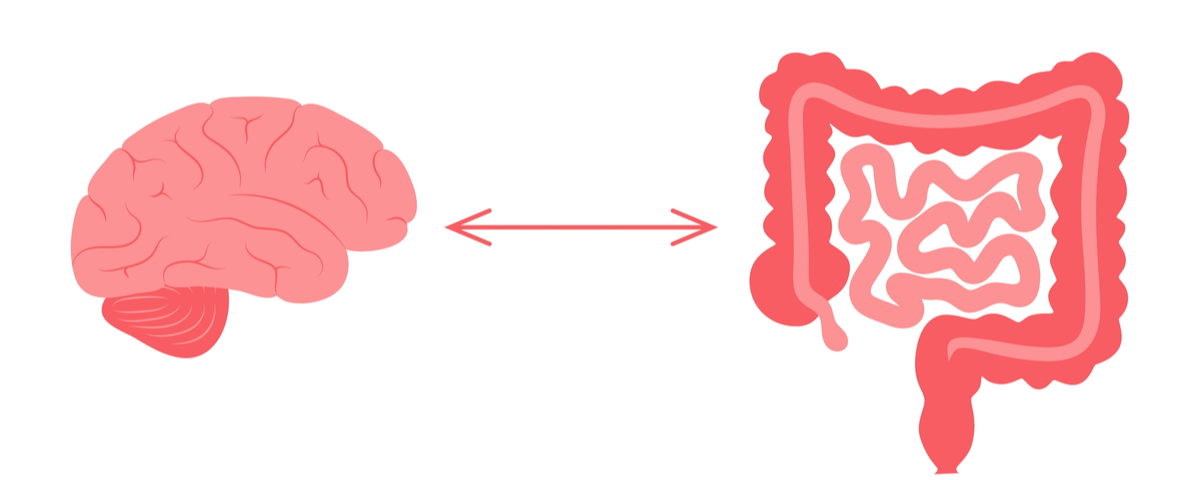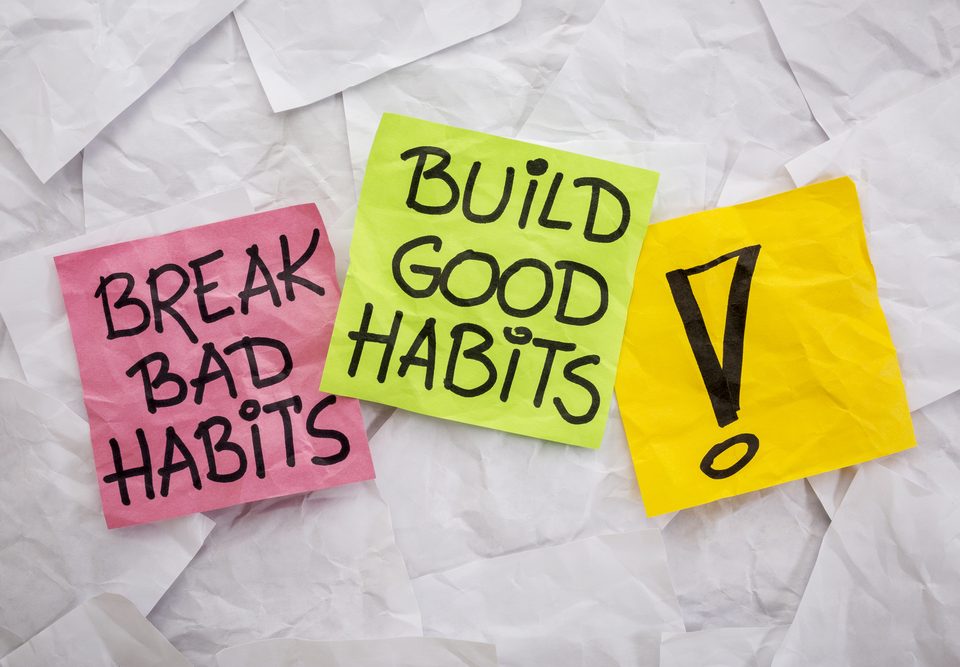
The Mindset Needs to Filter Through The Years
January 25, 2022
Family is Always First
January 28, 2022
Did you know that we not only have one brain, but rather two? The second brain is located in our GI tract and is referred to as the “gut brain.” It functions much like our “big brain,” releasing mood-stabilizing hormones such as serotonin. In fact, it’s estimated that 90 percent of the body’s serotonin is produced in the gut brain.
It’s long been known that our big brain communicates with the gut—think of the sayings “follow your gut” or “feeling butterflies in my stomach.” But recent research suggests the brain-gut connection actually goes both ways, and that your gut brain has a direct effect on your big brain!
For decades, researchers believed that mental health issues, such as anxiety and depression, triggered stomach ailments like constipation and diarrhea. Today, they’ve found the opposite might be true. Researchers are finding that mental health issues may originate in the gut brain, which, in turn, manifests itself as anxiety and or depression.
According to Johns Hopkins Medicine, irritations in the gastrointestinal system may send signals to the central nervous system that trigger mood changes. These are huge findings that may leave us wondering if the foods we consume have a direct impact on the gut and consequently play a vital role in our overall mental wellness.
Food is fuel
Now that we know that the gut and GI system are intimately connected, let’s discuss how nourishing foods can affect mood, motivation and energy. Just like a car needs quality fuel to operate efficiently, our brains work best when fueled with quality foods.
Our brain requires a constant supply of fuel, which comes from the foods we eat. If it’s deprived of good quality nutrition, our overall mental wellness is affected and can trigger depression-like symptoms.
Foods rich in healthy fats are extremely important because nearly 60 percent of the brain is composed of fat. Fiber and probiotic-rich foods are also vital because they can feed the good bacteria in the gut, which, again, plays a vital role in the production of mood hormones.
Unfortunately, most Americans are consuming the Western diet that shuns good quality fat and reinforces a diet high in refined sugars, simple carbohydrates and bad fats. Our food pyramid is robbing us of optimal performance and is contributing to brain fog, moodiness and apathy. To make matters worse, the high-carb, low-quality fat diet leaves our body wanting more, so we end up eating more empty calories, creating a vicious cycle of poor nutrition.
The bottom line: Eat foods that nourish and flourish both “brains.”
Best foods
Some of the best foods to include for gut and brain health include fermented foods, fibrous fruits and veggies, and healthy fats such as Omega-3s. Probiotic foods contain bacteria that make brain chemicals such as serotonin and dopamine, the “happy” hormones. These are found in fermented dairy products such as yogurt and kefir (similar to yogurt and can contain 10-plus probiotic strands).
Other probiotic-rich foods include kimchi, sauerkraut, pickles and miso, which all contain friendly bacteria that can improve your digestive health. Recent findings from researchers at Harvard University have shown these bacteria may also be beneficial for your brain and mental health. So next time you order the burger, don’t skip the pickle!
A proper diet rich in fiber can also feed and encourage the growth of good bacteria in the gut. The typical American—including children—gets only about 50 percent of the daily recommended amount of fiber. Eating fruits, vegetables and whole-grain products several times a day is a great way to increase our fiber intake.
Other fibrous foods that are excellent for gut health include blueberries, beans, bananas, broccoli, and other cruciferous veggies such as cabbage and kale. A good way to incorporate these foods in your daily diet is to aim for a few vegetables and fruits per meal for variety and gut “insurance.”
Fats and sugars
Omega-3 fatty acids are referred to as brain food because of their ability to help with memory and mood disorders. The risks associated with consuming too few of these fatty acids include digestive disorders, cognitive decline and inflammation.
One of the best sources of Omega-3s can be found in wild salmon, but others include mackerel, walnuts, chia seeds, flaxseeds, hemp seeds, sardines and egg yolks. Include something on this list at least once every day for better brain and digestive health, such as a smoothie that includes chia, flax and/or hemp.
And last but certainly not least, let’s talk about refined sugar. If there’s one thing that does absolutely nothing for either brain, it’s sugar. According to a study in PubMed, the quantity of refined sugar in the diet can have a significant negative influence on gut function. This is alarming because kids and adolescents are surrounded by a food industry that pumps out sugary processed foods and markets them as “healthy.” Not only do these processed foods negatively impact their gut health, but mental wellness also suffers.
We can’t expect our children to focus and retain information at school when fueled on junk food. Opting for fresh fruits in place of sugary juices and packaged treats will help our kids with focus, mood, and overall wellbeing.
To support the gut and mind health of our youth, limiting processed junk, and incorporating more whole foods (fresh fruits and vegetables) and healthy fats can make a huge difference. This is essential for their growing brains and a true gift to their health.
By // Michelle Gulbas
MASK the Parenting Magazine a quarterly publication providing solutions for Today’s Families.
The parenting manual offering solutions to the modern-day challenges families face. From Pre-K
through College stay up to date on the modern day issues families face.
Are you up to date on the issues your child is facing?
MASK Mothers Awareness on School-age Kids offers parenting solutions for today’s families. MASK tackles important topics – from drugs and alcohol to bullying and Internet safety -and gives students, parents and the community the knowledge and tools to manage these potential challenges.
Subscribe today! https://www.tools4teaching.com/product/mask-the-magazine/
Download and share the MASKmatters app now! Made for children, parents, teachers and in Spanish.
Have solutions at your fingertips
Available free on apple and google play links below
Apple https://apps.apple.com/us/app/maskmatters/id1482305692
Google Play
https://play.google.com/store/apps/details?id=com.maskmatters.maskmattersapp&hl=en_US&gl=US




